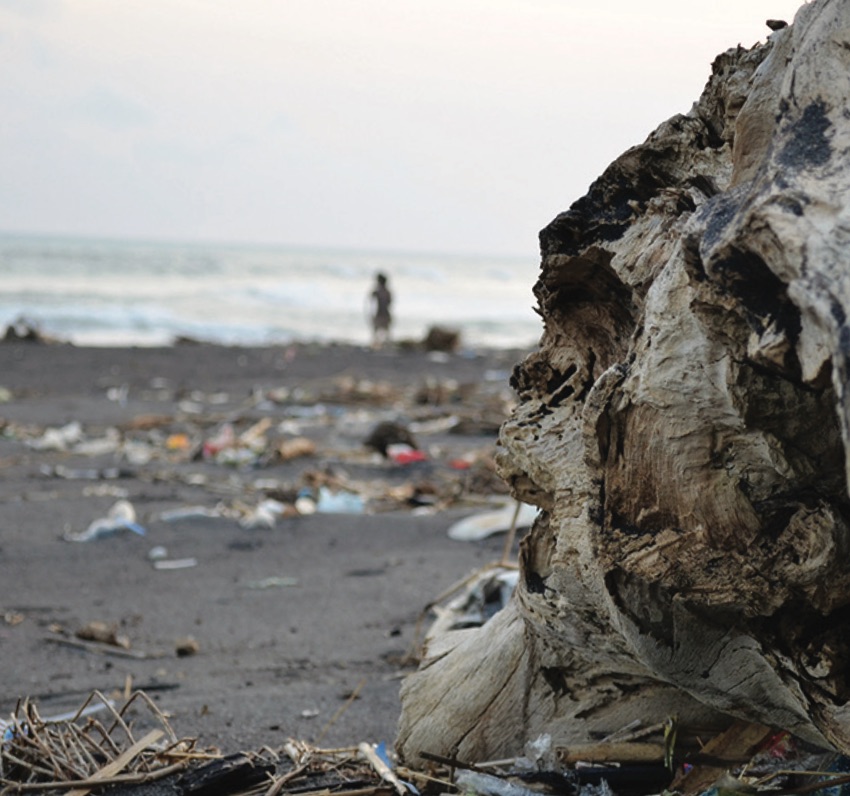DAYLONG CLEANUP
In September, 68 countries and over 35,0000 people took part in a daylong cleanup. They cleaned up 34,500 miles of beaches and waterways. 1) ............................ Altogether, volunteers removed 3.5 million kilos of trash.
The coastal cleanup was to clean marine trash. Where did the trash come from? 2) ............................ Wind and rain carry the litter to rivers and oceans. It stays there unless someone cleans it up. In the last ten years volunteers removed 85 million kilos of trash. It came from beaches and rivers in 127 countries.
Marine trash can be very dangerous to wildlife. The trash damages the areas where marine animals live. 3) ............................ Each year, fishing gear and plastic trash kill over one million seabirds. They also kill more than 100,000 marine animals. That waste can be very dangerous.
“A plastic sandwich bag floating in the ocean looks like a jellyfish. That’s a favorite food of sea turtles,” said Sonya Besteiro. Besteiro leads a cleanup project. “If a sea turtle swallows a plastic bag, it feels full and stops eating. 4) ...................”
In June, a Hawaiian monk seal died because it was tangled in a fishing net. In October, the same thing happened to a baby monk seal. Hawaiian monk seals are already in danger of dying out.” There are only 1,200 monk seals left on Earth now, this is terrible,” said Christine Woolaway. Woolaway manages the coastal cleanup in Hawaii.
During the 2006 cleanup, volunteers found 1,074 animals tangled in trash. 5) ............................ Volunteers were shocked by how much litter they found. They collected 7.7 million items. Almost two million items were cigarettes. Food packages were second. There were about 768,000 of those.
During the yearly cleanup, volunteers write down the types of trash they find. This helps leaders see where the trash is
coming from. Then, they can teach the people about how to stop marine trash.

